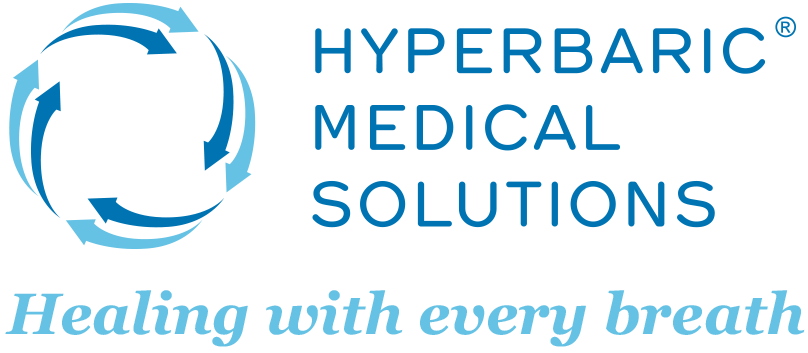Platelet-Rich Plasma Therapy
With Alan Katz, MD.
Harness Natural Growth Factors to Heal
Platelet-Rich Plasma Therapy: Your Natural Path to Healing
PRP therapy is a non-surgical procedure that uses components of your own blood to stimulate healing in damaged tissue. Physicians extract and separate blood samples from patients into distinct layers using a high-speed centrifuge. One of these contains platelet-rich plasma, which is injected into the damaged area, under ultrasound guidance to ensure the optimal placement.
The platelets release growth factors and other cytokines through degranulation, which stimulates repair and attracts stem cells to the region. This leads to accelerated healing of bone and soft tissue.
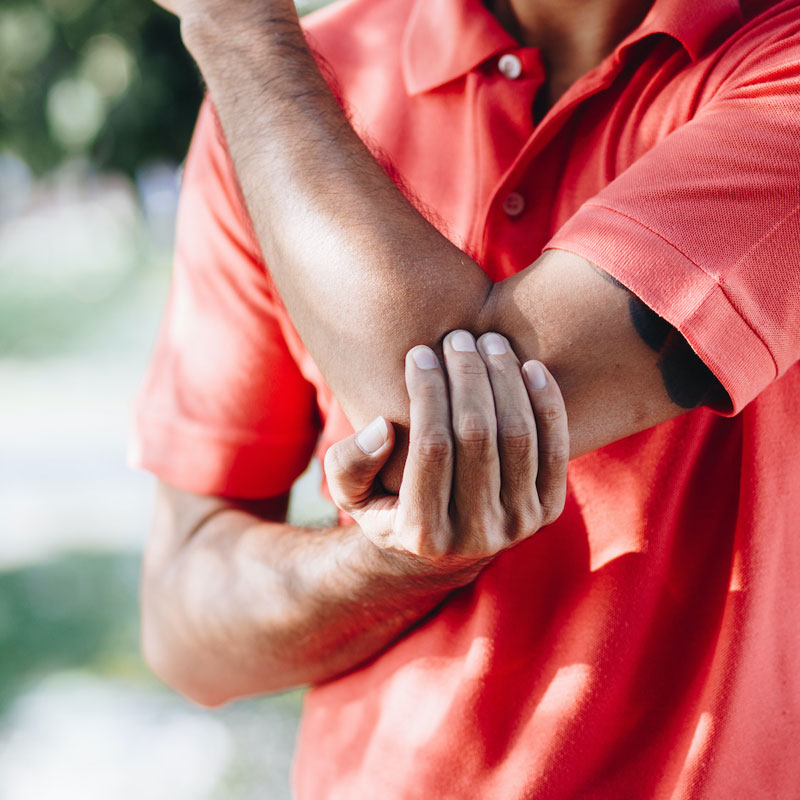
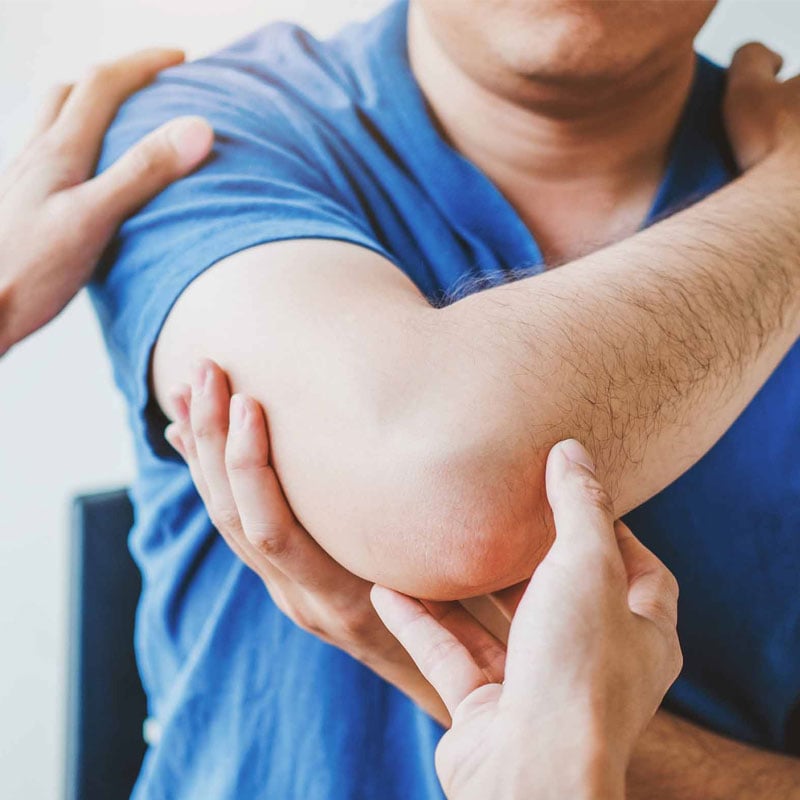
OrthoBiologics
Expedite healing from orthopedic injuries or issues without the need for intensive procedures, surgeries, or medications with PRP.
OrthoBiologics Has Been Shown to Help With:
- Osteoarthritis
- Plantar Fasciitis
- Tendinitis
- Ligament Sprains
- Tennis Elbow
- Ankle Sprains
- Meniscus tears
PRP Therapy Can Also Help With:
Skin Care & Anti-Aging
Platelet-rich plasma (PRP) is an excellent option for individuals seeking natural, non-surgical methods to improve the health and appearance of their skin. PRP is rich in growth factors and other proteins that promote collagen production, skin rejuvenation, and improved texture. When applied topically or injected into the skin, PRP can help reduce the appearance of fine lines, wrinkles, and scars, and enhance overall skin tone and texture.
Hair
Loss
Platelet-rich plasma (PRP) is considered a safe, effective, steroid-sparing, and alternative treatment option for alopecia and general hair loss, either as a standalone therapy or in conjunction with conventional treatments or hair transplantation. Activated platelets release growth factors and proteins that promote hair follicle regeneration, increase blood flow, and stimulate hair growth. Regular sessions can help improve hair density and thickness in individuals experiencing hair loss.
Sexual Enhancement
Platelet-rich plasma (PRP) therapy is a potential treatment for sexual enhancement by injecting platelets derived from the patient's own blood into specific areas. PRP's growth factors and healing properties can stimulate tissue regeneration, improve blood flow, and enhance sensitivity and arousal. While further research is needed, early studies suggest that PRP therapy may positively impact sexual function and satisfaction.
The PRP Procedure with Alan Katz, MD.
Step 1
A simple office procedure, PRP therapy begins with a consultation. Our trained medical staff will discuss your condition, explain the procedure, and evaluate your needs.
Step 2
At your initial appointment, one of our medical professionals will draw blood from your arm similar to a routine blood test. This will be placed in a centrifuge, separating the blood into distinct layers in several minutes. The PRP layer is extracted and prepared for use.
Step 3
The platelet-rich plasma is injected into the area of need. All musculoskeletal injections are performed with ultrasound guidance. The entire procedure lasts approximately 30-45 minutes.
Benefits of PRP
- No radiation is required: All PRP joint injections are performed under ultrasound guidance, and no fluoroscopy or x-rays are needed.
- Precise localization: Our injections are done under ultrasound to ensure accurate placement.
- More concentrated platelets: We deliver a higher amount of platelets via our double-spin process.
- The ability to combine with HBOT: By adding HBOT before and after each PRP injection, we increase the mobilization of stem cells and enhance the regenerative process and results.
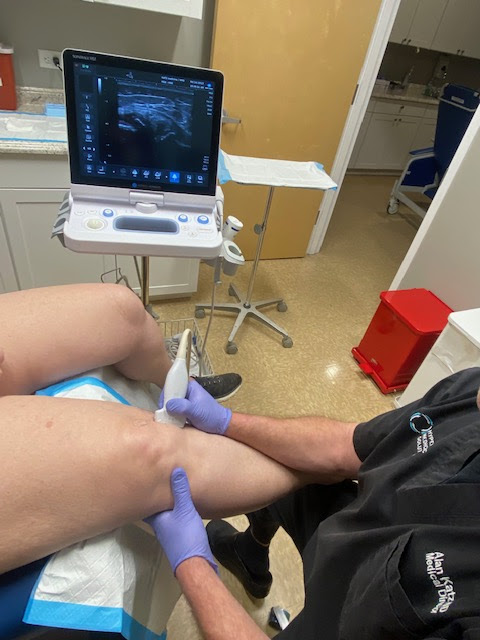
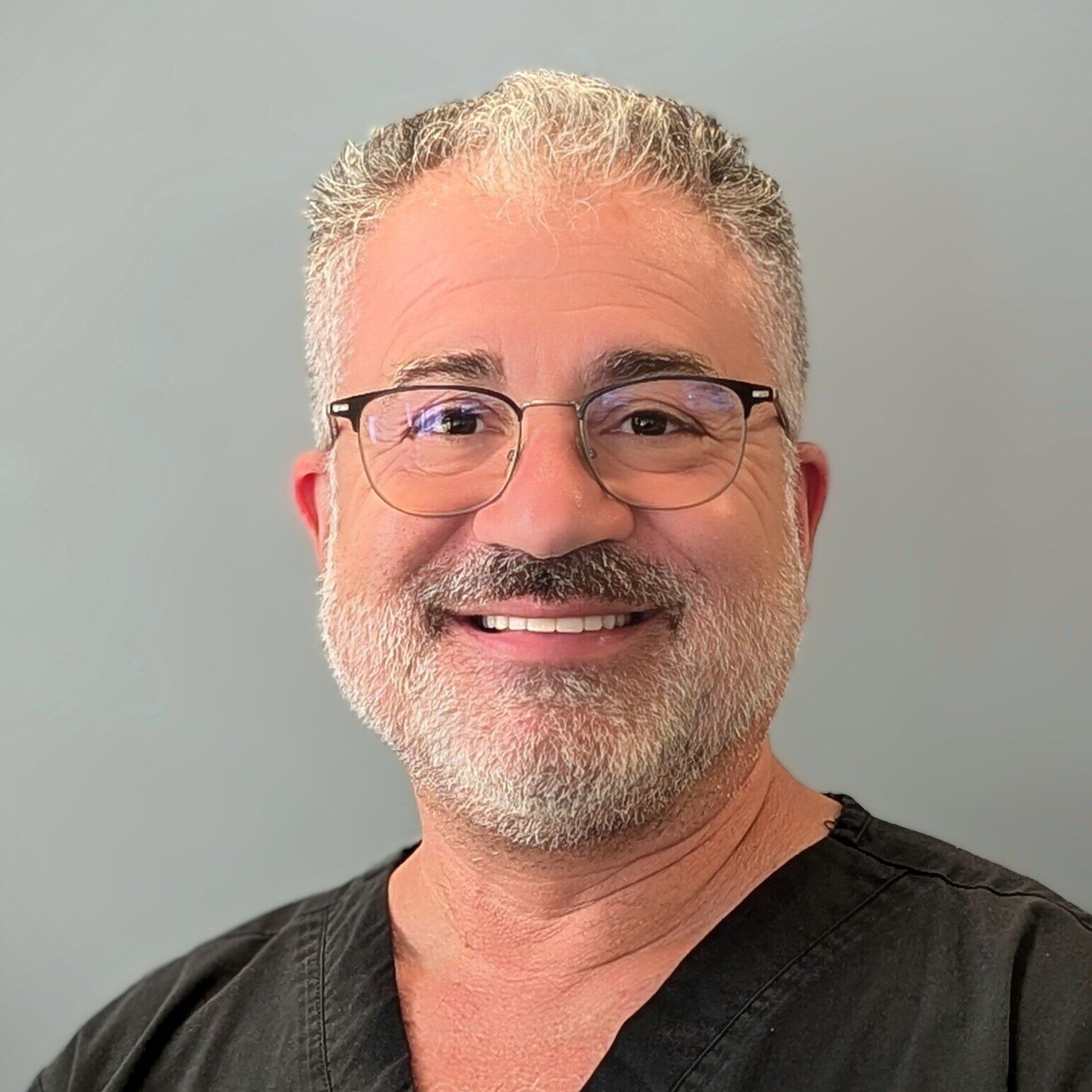
Administered by Alan A. Katz, MD
FAQ
Frequently asked questions about PRP Therapy.
What are the musculoskeletal benefits of PRP therapy?
PRP therapy is safe, cost effective, boasts short recovery time, enables patients to avoid surgery, and doesn’t require sedation. PRP contains platelets, cytokines, stem cells, and growth factors that help reduce inflammation, calm osteoarthritic symptoms, repair damaged tissue, and reverse muscular damage.
What are the aesthetic benefits?
PRP therapy has the ability to reveal a youthful glow, restore layers of collagen, and reduce fine lines, wrinkles, stretch marks, and acne scars. It can also grow and increase thickness of hair without surgery.
What musculoskeletal conditions can it treat?
- Osteoarthritis
- Tendon Injuries (Patellar, Quadriceps, Hamstring, Bicipital, Peroneal, Achilles)
- Rotator Cuff Tendinopathy, Partial Tears, or Injuries
- Bursitis & Greater Trochanteric Bursitis
- Medial & Lateral Epicondylitis (Golfer’s and Tennis Elbow)
- Plantar Fasciitis
- Ulnar Collateral Ligament Sprain or Tear
- Ankle Sprain or Ligament Injury
- Hamstring Tears
- Knee Pain
- Muscle Pain or Injury
- Ligament Sprains or Tears (MCL, LCL)
- Knee, Hip, Lower Leg and Foot Pain
- Shoulder and Arm Pain
- Shin Splints
- Achilles Partial Tears
- Biceps Tendonitis
- De Quervain’s tenosynovitis
How long is recovery?
There is almost no downtime associated with this therapy. Patients are able to walk out of the office following the treatment and return to work the following day. You may undergo multiple sessions depending on your treatment plan, so you’ll see improvement in several weeks to a few months.
What are the side effects?
Because PRP therapy is a natural procedure that uses a patient’s plasma, there’s low risk of rejection and no danger of contracting a bloodborne infection.
What’s the difference between PRP therapy and cortisone injections?
A cortisone injection is a short-term solution to a musculoskeletal condition, offering a reduction in pain. PRP therapy, on the other hand, can reduce pain and act as a long-term solution as it stimulates healing.
How much does PRP therapy cost?
Several factors determine the price of PRP therapy: Location and complexity of the condition, the type of condition, and the number of injections and sessions you’ll need.
Will insurance cover PRP therapy?
PRP therapy is not generally covered by insurance. However, check with your provider to confirm.
Case Studies & More
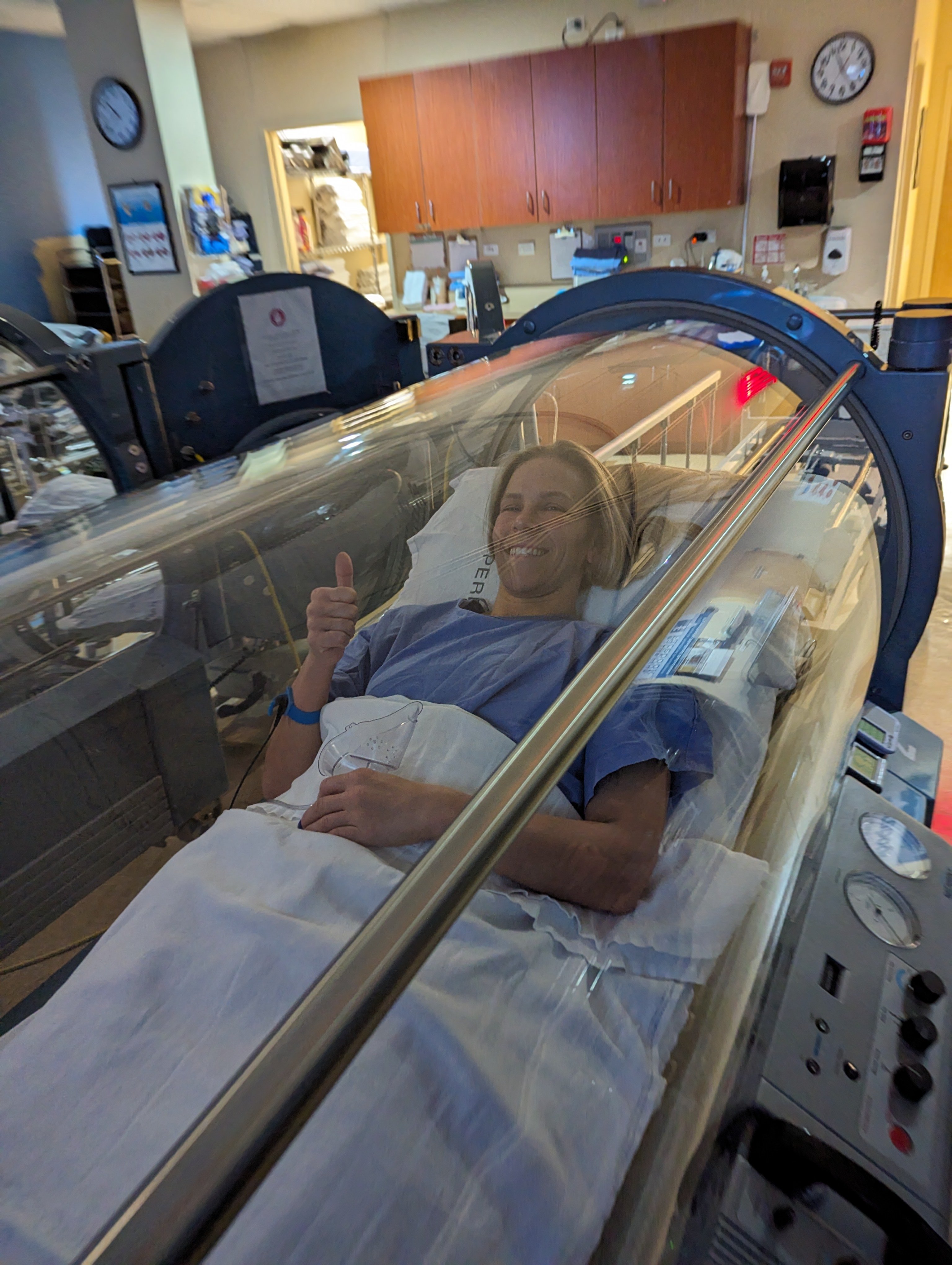
Case Study: A Professional UFC Fighter's Journey to Peak Performance
In this case, professional UFC fighter Katlyn Chookagian seeks out HBOT to improve her training for her upcoming title match.
Read More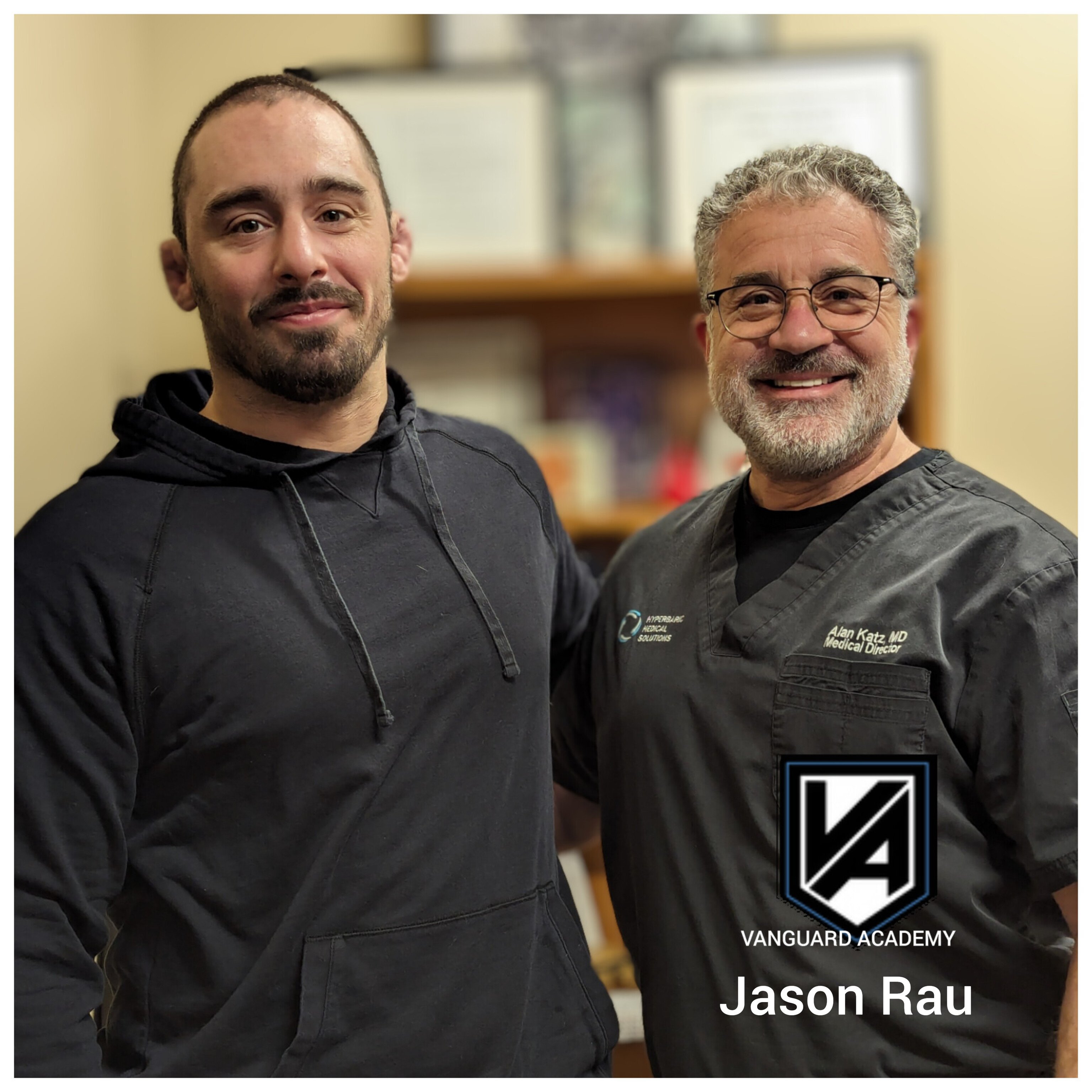
Case Study: Professional BJJ Fighter Battles Back from a Torn Meniscus with PRP
In this case, PRP and Hyperbaric Oxygen Therapy helped Jason Rau, a professional BJJ grappler with a torn menisicus to avoid surgery and recover quickly.
Read More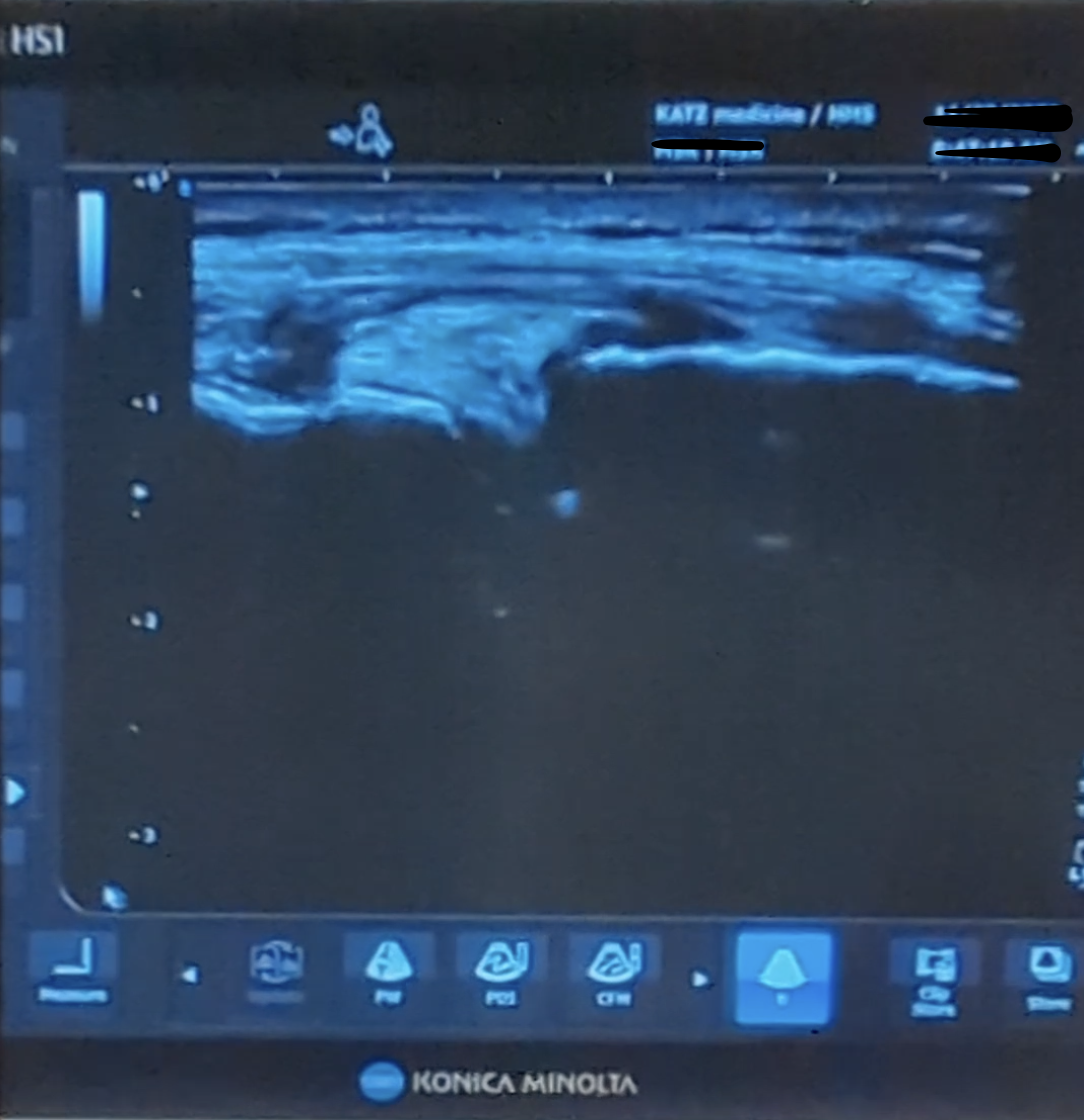
Case Study: Athletes Torn Meniscus Healed with PRP, without Surgery
In this case, PRP and Hyperbaric Oxygen Therapy helped a patient with a torn menisicus avoid surgery and recover quickly.
Read More